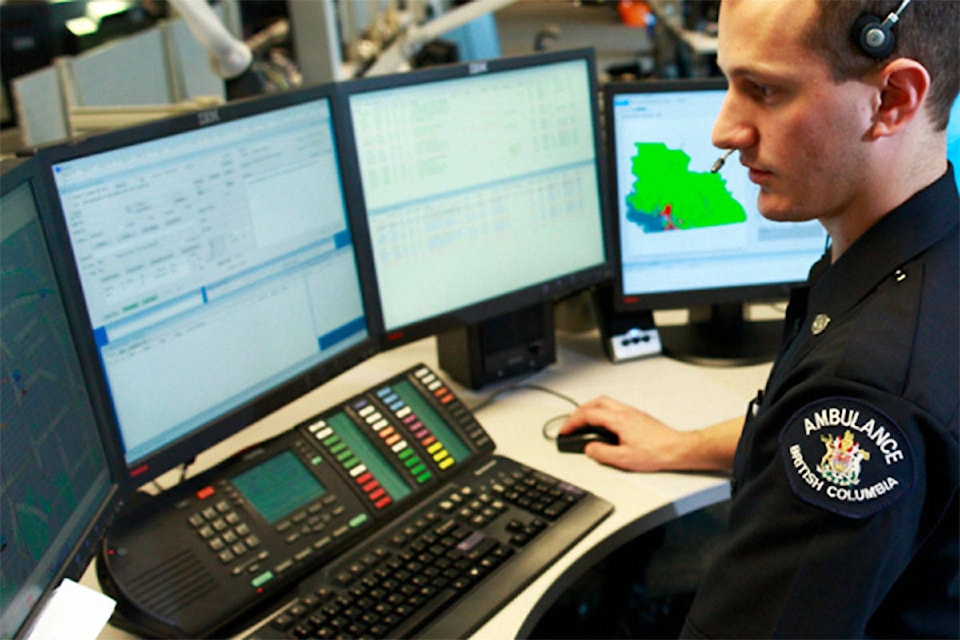B.C. Emergency Health Services has implemented a new system, the Critical Response Model for dispatching paramedics, ambulances, fire services and other resources to patients requiring medical care. The system is designed to get to the most life-threatening calls faster and not tying up resources for lower priority situations.
But the new system has drawn the ire of fire chiefs, including, View Royal Fire Chief Paul Hurst and Metchosin Fire Chief Stephanie Dunlop.
“These sweeping changes were implemented overnight and there was no consultation with the majority of the province’s fire departments,” Hurst said.
It’s a claim that is challenged by Neil Lilley, the senior provincial executive director for BCEHS, who said that the Clinical Response Model came in response to the provincial government’s commitment of an additional $19 million in funding that made it possible to add 160 more paramedics and 45 ambulance response vehicles to the system.
Prior to the changes, dispatch was based on the premise of “you call, we come” in which every response resulted in a patient transport to a hospital emergency department.
But emergency health services around the world have learned that taking a non-urgent patient to a hospital, does not always result in the best experience for the patient.
The CRM paves the way for alternative options for patients, such as advice on the phone to treat a minor infection or nausea, transport to a health service instead of a hospital, or treatment by a paramedic in the home or community (known as “treat and release”).
“The CRM took months of research and planning and it’s a way of freeing up resources to be able to respond to serious medical conditions,” said Lilley.
Those conditions include serious car accidents, cardiac arrest, respiratory arrest and total airway obstruction.
“We did consult with a number of stakeholders in the development of the CRM, including fire services, and since the May 30 rollout of the new system we’ve met with the Greater Vancouver Fire Chiefs Association, the Fire Chiefs Association of B.C. and today (Sept. 26) we are meeting with the Greater Victoria Fire Chiefs to update them on our progress of the system and show them the positive impacts it’s had,” said Lilley.
But Sooke Fire Chief Ken Mount agrees with the concerns raised by his counterparts in other municipalities.
“The consultation process was non-existent. The first we heard of it was at the fire chief’s conference where I was handed a brochure saying that the system had changed. We are stakeholders and should have been at the table from the start,” said Mount.
Mount acknowledges that he has, as yet, not seen an instance where the fire service was not dispatched to a situation where they could have arrived first and made a difference, but isn’t confident that sort of situation might not arise in the future.
“We are sort of unique in Sooke in that we get dispatched because there is no ambulance here in town. We actually have things arranged quite well.”
Nonetheless that unique situation, Mount will be at today’s meeting to gather information and make his concerns known.
editor@sookenewsmirror.com
Like us on Facebook and follow us on Twitter
